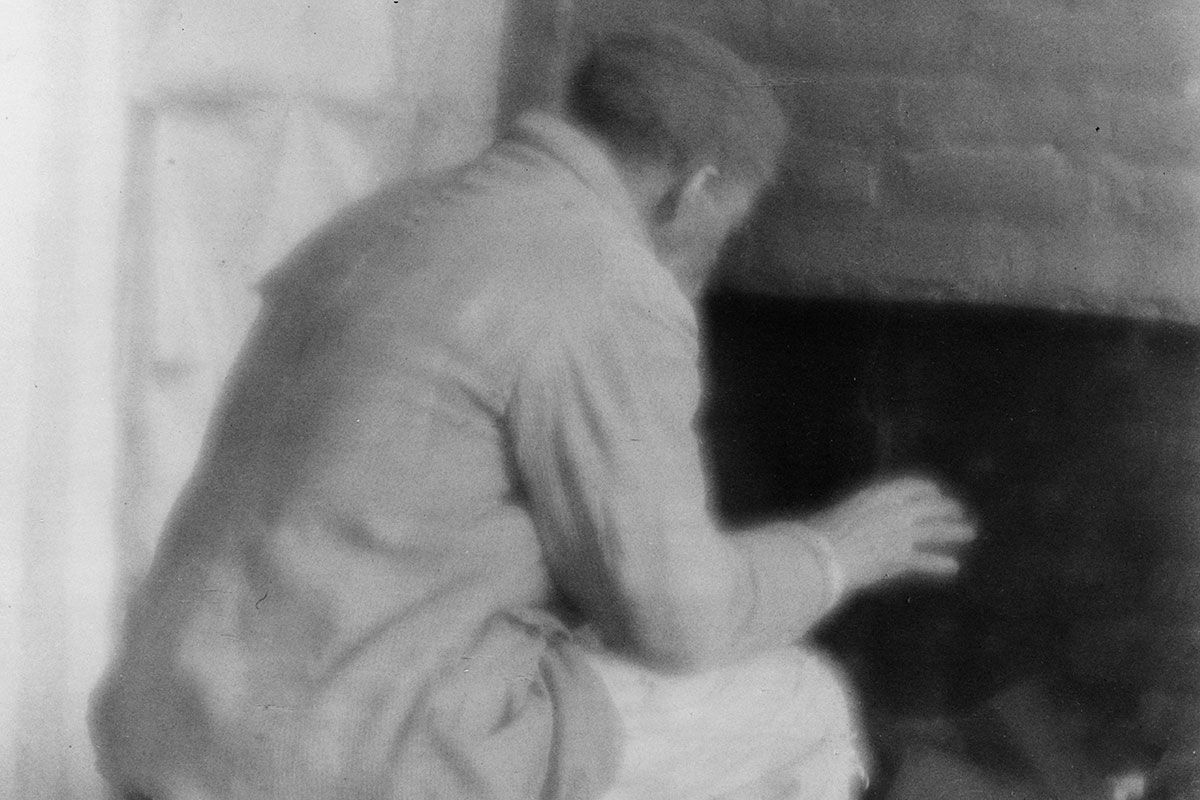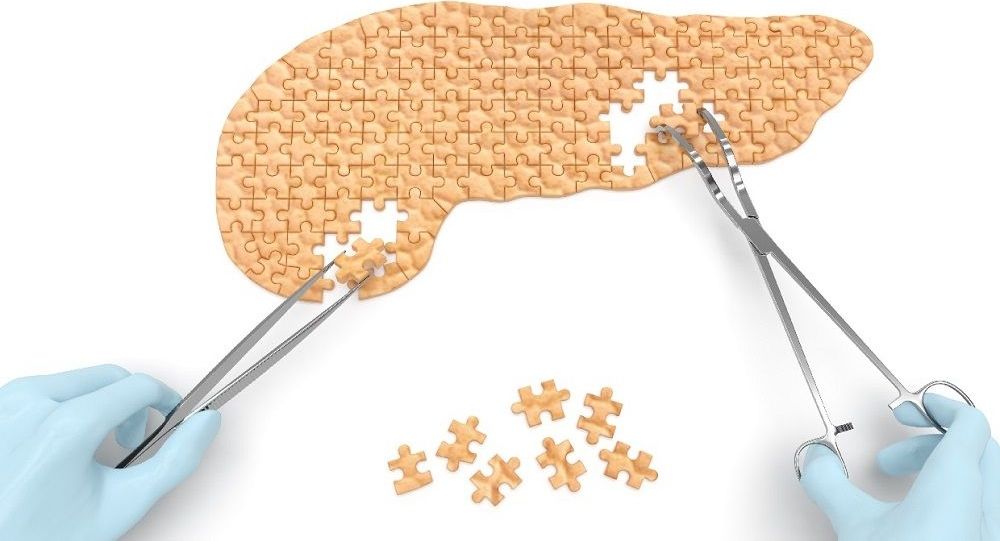Segway’s autonomous security robots may soon be roaming stores near you.
Get the latest international news and world events from around the world.


Can We Live To 120 On the Blood Of Teens?
A look back at the most popular life extension articles of 2017. Here is the report “Can We Live To 120 On the Blood Of Teens?”
Parabiosis is back in the spotlight. The latest news reports that scientists have discovered the previously hidden rejuvenating factors in young blood.
Young blood seems to have healing powers, but how can we get benefit from them without relying on donors?
Newly published research shows that scientists may have found one of the hidden factors in the blood that are responsible its rejuvenating effects.

Can We Live to 120 on the Fasting Mimicking Diet or Calorie Restriction?
A look back at the most popular life extension articles of 2017. Here is the report Can We Live to 120 on the Fasting Mimicking Diet or Calorie Restriction?
Summary: The Fasting Mimicking Diet, also called the Valter Longo diet, and the spartan practice of calorie restriction are the twin subjects of two recent research reports. Both research reports show that the fasting regimens offer potential health benefits. This article includes commentary by the inventor of the Fasting Mimicking Diet, Valter Longo. [Cover Photo: Ryan McGuire.]
The idea that animals can live longer, healthier lives by drastically reducing their calorie intake is not exactly new. Scientists have repeatedly demonstrated the life-extending value of calorie restriction (CR) in animals from worms to monkeys—with the implication that the same might be true for humans.
In fact, geroscientists consider CR as one of the most effective ways to extend lifespan. Our metabolism slows down as we age, due to a phenomenon called deregulated nutrient sensing. This metabolic change contributes to a host of age-related diseases.

Can We Cure Diabetes With a ‘Pancreas in a Box’ Grown from Stem Cells?
Pancreas in a box is currently in first clinical trial in patients with type 1 diabetes and contains beta cells grown from stem cells.
The pancreas in a box contains beta cells grown from stem cells and is currently in its first-ever clinical trial in patients with type 1 diabetes. Geroscientists are hopeful that a replacement pancreas grown from stem cells will be much healthier than insulin injections, and are working on pure stem cell-based treatments. [Editor’s note: the article has been updated on 10/19/2017 and the title changed.]
Experts once thought that developing and testing an effective stem cell treatment for diabetes would take years.
Due to a recent discovery, a cure may closer than we think.


AGEs DamAGE Our Bodies
AGEs (Advanced Glycation End-products) are in the spotlight again as scientists implicate these toxins in inflammaging, cancer, and diabetes.
Summary: AGEs (advanced glycation end-products) are in the spotlight again as geroscientists implicate this toxic waste of our bodies in a multitude of health conditions, including inflammaging, cancer, and diabetes. Some scientists go as far as to link AGEs to an increase in the chronic inflammation which leads to heart attacks. [Cover photo: Getty Images.]. Follow us on Google+ | Facebook | Reddit. See more articles by the author at Google+.
Executive Summary
Are advanced glycation end-products (AGEs) a villain that causes chronic diseases or are they merely an innocent bystander?

Alibaba’s AI Outguns Humans in Reading Test
Alibaba said it’s the first time a machine has out-done a real person in such a contest. Microsoft achieved a similar feat, scoring 82.650 on the same test, but those results were finalized a day after Alibaba’s, the company said.
Alibaba has developed an artificial intelligence model that scored better than humans in a Stanford University reading and comprehension test.
Alibaba Group Holding Ltd. put its deep neural network model through its paces last week, asking the AI to provide exact answers to more than 100,000 questions comprising a quiz that’s considered one of the world’s most authoritative machine-reading gauges. The model developed by Alibaba’s Institute of Data Science of Technologies scored 82.44, edging past the 82.304 that rival humans achieved.

Simply fix the Moon Treaty
My article with Jeff Sommers (see “The emerging field of space economics: theoretical and practical considerations”, The Space Review, December 18, 2017) raised considerable criticism regarding the Moon Treaty, particularly, the inclusion of the Common Heritage of Mankind (CHM) doctrine. Leigh Ratiner, L5 attorney during the 1980 Senate ratification hearings, had identified CHM as the reason for rejecting ratification:
